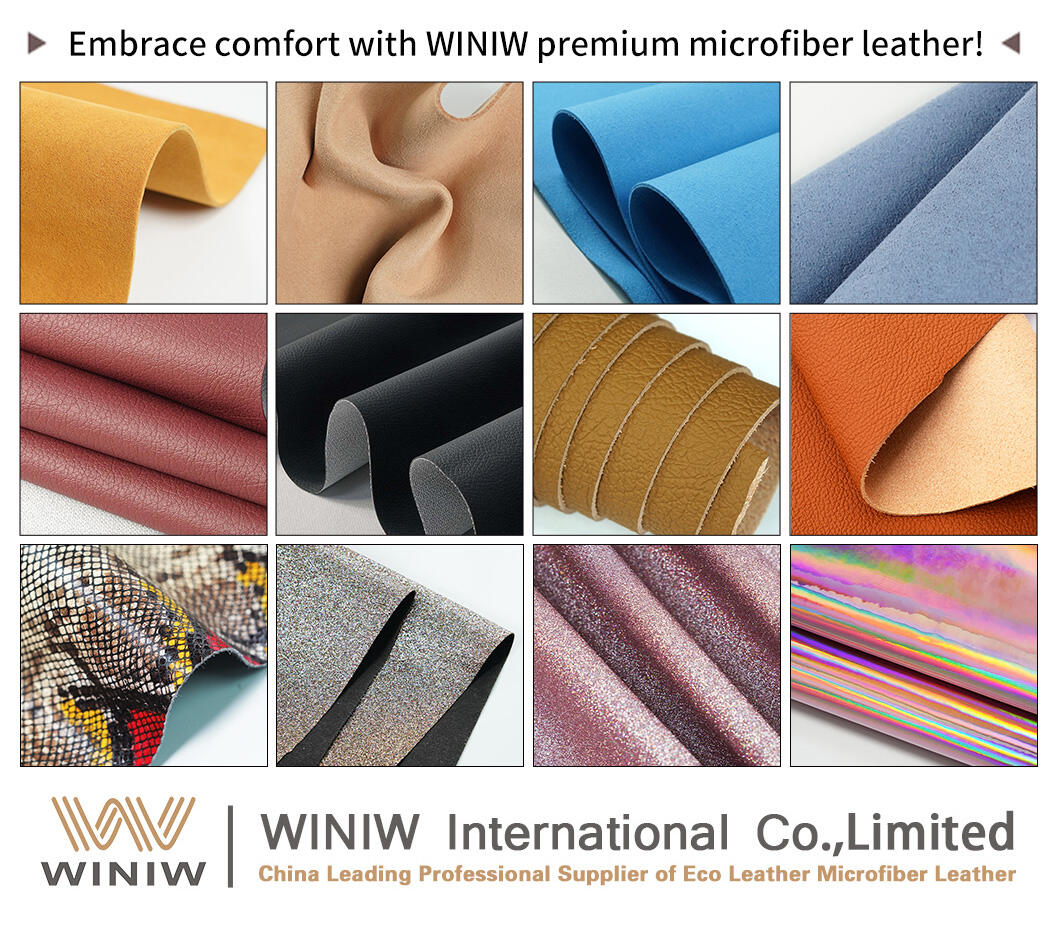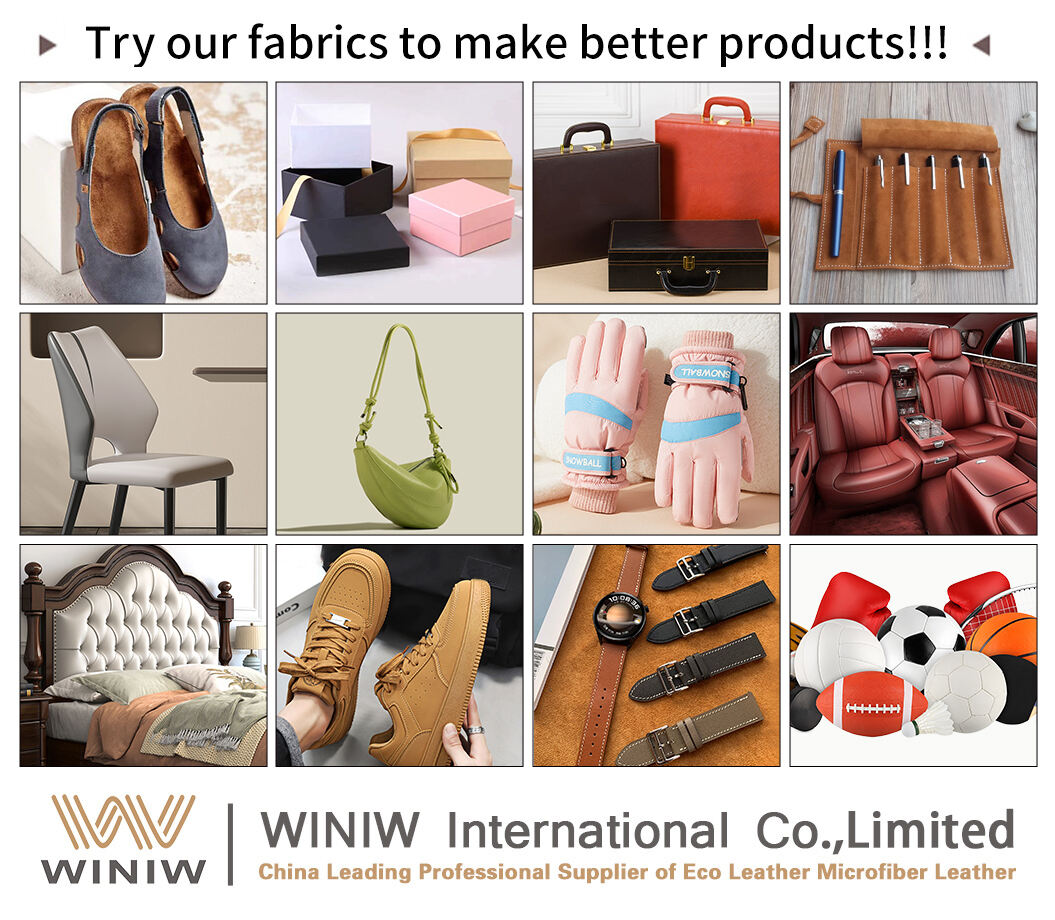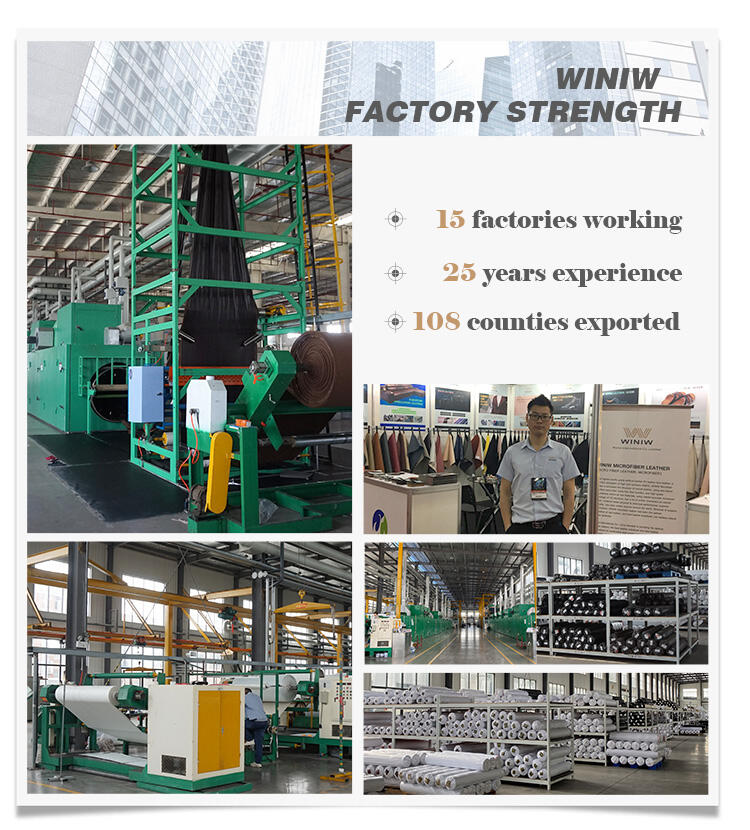In recent years, PVC (polyvinyl chloride) leather has emerged as a popular alternative to genuine leather and other synthetic materials. Its versatility, durability, and cost-effectiveness have made it a preferred choice across industries, from fashion and furniture to automotive interiors. Below, we explore the key advantages that make PVC leather a standout material in today’s market.
Affordability
One of the most compelling benefits of PVC leather is its affordability. Genuine leather, while luxurious, comes with a high price tag due to the labor-intensive processes involved in sourcing and treating animal hides. PVC leather, on the other hand, is mass-produced using synthetic materials, significantly reducing production costs. This makes it accessible to budget-conscious consumers and businesses without compromising on aesthetics.

Durability and Longevity
PVC leather is renowned for its resilience. Unlike natural leather, which can crack, fade, or absorb moisture over time, PVC leather is engineered to withstand wear and tear. It resists scratches, stains, and UV radiation, making it ideal for high-traffic environments such as car seats, office furniture, or outdoor upholstery. With proper care, products made from PVC leather can retain their appearance for years, offering excellent value for money.
Low Maintenance
Maintaining PVC leather is remarkably simple. It does not require specialized cleaning agents or conditioning treatments. Spills can be wiped away with a damp cloth, and its non-porous surface prevents liquids from seeping in, reducing the risk of stains or odors. This ease of upkeep is particularly advantageous for households with children, pets, or busy commercial settings.
Water and Chemical Resistance
The waterproof nature of PVC leather sets it apart from many materials. It repels moisture effectively, preventing mold growth or damage caused by humidity. Additionally, its resistance to chemicals—such as cleaning agents or oils—makes it a practical choice for medical equipment, automotive interiors, and industrial applications where exposure to harsh substances is common.
Customizable Aesthetics
PVC leather offers unparalleled design flexibility. Manufacturers can mimic the texture and grain of genuine leather or create unique patterns, colors, and finishes to suit diverse preferences. This adaptability allows brands to cater to evolving fashion trends or align with specific interior design themes. From glossy metallic finishes to matte textures, the creative possibilities are endless.

Animal-Friendly and Consistent Quality
For ethically minded consumers, PVC leather provides a cruelty-free alternative to animal-derived leather. No animals are harmed in its production, aligning with the growing demand for sustainable and vegan products. Furthermore, unlike natural leather, which may vary in texture or thickness due to organic imperfections, PVC leather ensures uniformity in every batch, guaranteeing consistency in product quality.
Environmental Considerations
While PVC leather has faced criticism for its environmental footprint (as it is petroleum-based and non-biodegradable), advancements in recycling technologies are addressing these concerns. Many manufacturers now incorporate recycled PVC or eco-friendly plasticizers to reduce environmental impact. Additionally, its long lifespan means fewer replacements, indirectly lowering resource consumption over time.
Conclusion
PVC leather combines practicality, aesthetic appeal, and ethical advantages, making it a smart choice for modern consumers and industries. While it may not fully replicate the luxurious feel of genuine leather, its benefits—affordability, durability, low maintenance, and design versatility—position it as a sustainable and functional solution for everyday use. As innovation continues to enhance its eco-credentials, PVC leather is poised to remain a key player in the global market.


 EN
EN








































